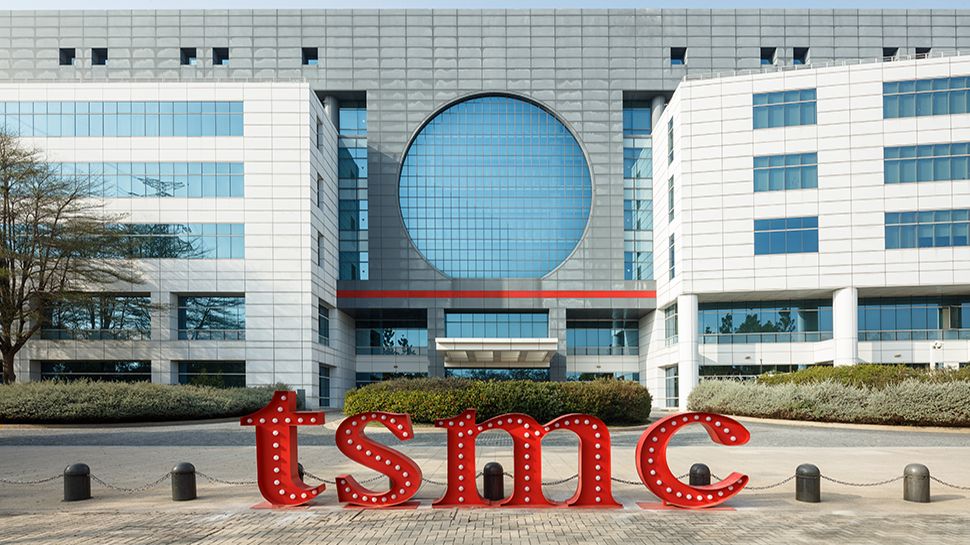Storage area networks have been a stalwart element of organizations' IT infrastructure for the past three decades. Originally consisting of multiple interconnected disk arrays, tape libraries, hubs, and/or switches, this series of network storage devices and software stack provides pools of block-based storage to clients and servers with their own file systems. .
A decade ago, VMware introduced a virtual SAN, which was a software-based distributed storage system. vSAN was supposed to eliminate the need for expensive and bloated storage controllers by installing software on existing servers and using basic server-class storage media. By virtualizing the SAN environment in this way, organizations could reduce the cost of their storage architectures by taking advantage of the undeniable price advantages that vSAN has over other storage architectures.
Since Broadcom's acquisition of VMware, many organizations that had deployed vSAN have looked for other alternatives that can deliver enterprise-class performance, scalability, and resiliency while delivering on the original promise of cost reduction. With the increasing uncertainty facing VMware users, plus the historic challenge of not delivering on the original promise, there must be a better way to build a vSAN.
If you were to design a new, modern virtualized storage area network, what critical components would you like to incorporate? An integrated hypervisor? Better data efficiency? Dedicated arrays supported? Protection against drive failure? Snapshots that act like clones?
Let's explore how a properly designed vSAN eliminates the need for expensive, overloaded storage controllers and the exorbitant 5-10x markup that storage vendors impose on storage media.
Marketing Director, VergeIO.
vSAN with an integrated hypervisor
Instead of having separate software for each infrastructure layer, including hypervisors, management GUIs, and network functionality, integrating all of these layers into a single, efficient code base results in a measurable increase in network density and performance. VMs for compute and storage I/O. By integrating vSAN rather than making it a subordinate virtual machine, an integrated approach enables marked performance improvements over other vSAN technologies and even dedicated all-flash arrays.
With a tightly integrated vSAN, the hypervisor can run on almost any modern X86 server. Organizations can select their preferred server and media while keeping open the possibility of using different hardware in the future. This flexibility allows the use of almost any type of media from almost any provider.
vSAN with deduplication at its core
By integrating all infrastructure software into a single code base, vSAN can economically utilize CPU and RAM resources to perform low-level deduplication operations to gain capacity for free and effectively. Deduplicating hundreds of remote locations into a single location also minimizes replication times and capacity requirements to store all data.
A vSAN with FC-SAN support
When a vSAN environment is deployed alongside an FC-SAN, VM data can be centralized on the FC storage array, with each server node contributing storage. These virtual drives are consolidated into a unified storage pool that can be accessed by virtual machines, improving data storage capabilities.
Scaling storage capacity within this environment offers multiple avenues to explore. IT can augment the existing FC pool. Or you can integrate server-class NVMe SSDs and HDDS for 10x cost reduction. Additionally, deploying emerging storage technologies with this new vSAN approach will be much faster compared to upgrading systems from legacy storage vendors.
A vSAN with intelligent data failure protection
With efficiency gains from deduplication technology, vSAN becomes smarter when it comes to protecting against drive failures. Because vSAN is built into the same code as deduplication, multiple copies of each unique segment are stored for maximum protection. With data stored on different drives and different nodes, virtual machines still have access to the data if one drive or even an entire node fails. When a virtual machine needs to access data on a failed drive, the redundant copy of that segment can be accessed without impacting application performance.
A vSAN with snapshots that act as clones
Unlike vSAN snapshot technologies offered by vendors such as VMware, integrating snapshot functionality into the same code as deduplication capabilities can provide clone-like capability.
This approach to snapshot technology essentially creates a complete copy of the source, which can be a virtual machine, a virtual data center, or the entire instance. A single metadata instance is created to manage the unique state of each snapshot taken. This approach is relatively flat and much less complex than legacy snapshot methods.
Customers could retain an unlimited number of snapshots for an indefinite period without impacting performance. Because snapshots are designed to be read-only, they are also protected against cyber threats such as ransomware attacks.
Conclusion
Addressing performance and cost issues, ensuring data availability against failures, and increasing data resiliency to protect against loss or theft can help build a vSAN better than what VMware offers.
The integration of the hypervisor with storage software represents an important advance. Consolidating features into a single, efficient codebase and implementing cutting-edge features such as built-in deduplication and intelligent data failure protection should become an industry standard. These advancements, combined with the ability to use commodity hardware, mean that next-generation vSANs are capable of delivering the unparalleled performance, scalability, and cost savings that organizations of all sizes require today.
We have the best cloud storage..
This article was produced as part of TechRadarPro's Expert Insights channel, where we feature the best and brightest minds in today's tech industry. The views expressed here are those of the author and are not necessarily those of TechRadarPro or Future plc. If you are interested in contributing, find out more here:









